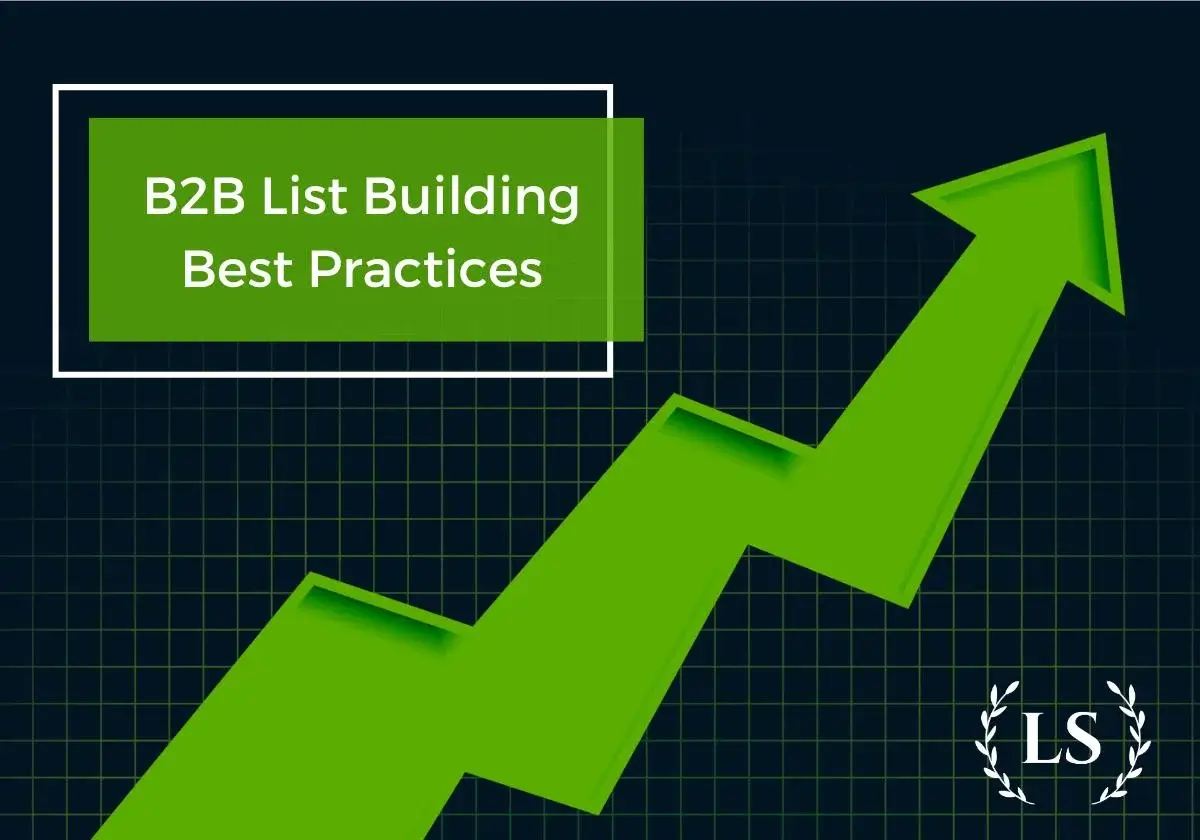B2B List Building Best Practices

In the realm of B2B marketing, building a high-quality and targeted contact list is paramount for success. B2B list building is more than just collecting names and email addresses; it’s about creating a strategic asset that drives lead generation and results in highly engaged and qualified prospects. In this article, we will explore the best practices for B2B list building to ensure that your efforts yield the desired results.
Understanding the Significance of B2B List Building
Before we dive into the best practices, let’s grasp the importance of B2B list building:
Targeted Outreach: Building a list that matches your Ideal Customer Profile (ICP) allows for targeted outreach, ensuring that your efforts are focused on prospects more likely to convert.
Personalization: A well-curated list enables personalized communication, addressing the specific needs and pain points of your audience, which boosts engagement and conversion rates.
Efficient Resource Allocation: A quality list minimizes resource waste by concentrating your efforts on qualified leads, saving time and costs.
Shorter Sales Cycles: High-quality leads are typically more informed and closer to making a purchase decision, shortening the sales cycle and accelerating revenue generation.
Now, let’s explore the best practices for B2B list building:
1. Define Your Ideal Customer Profile (ICP)
Begin by defining your Ideal Customer Profile (ICP). This includes identifying industry, company size, location, job titles, and other relevant criteria that align with your business objectives.
2. Utilize Online Databases and Directories
Leverage online business databases and directories like LinkedIn, ZoomInfo, and industry-specific platforms to identify and collect contact information for prospects matching your ICP criteria. Advanced search filters can help you narrow down your list.
3. Create Compelling Gated Content
Develop high-quality content assets, such as whitepapers, eBooks, or reports, and offer them as gated resources on your website. Encourage visitors to provide their contact details in exchange for access to these valuable resources.
4. Landing Pages and Opt-In Forms
Design dedicated landing pages with opt-in forms to capture lead information effectively. Ensure that these pages are user-friendly and optimized for conversions.
5. Webinars and Events
Host webinars, virtual events, or workshops on topics relevant to your industry. Encourage attendees to register, providing their contact information for participation.
6. Email Subscription and Newsletter Sign-Ups
Promote email subscriptions and newsletter sign-ups on your website. Clearly communicate the value of subscribing and how it benefits potential leads.
7. Networking and Referrals
Leverage your existing network for referrals and introductions to potential leads. Personal connections can open doors to high-quality prospects.
8. Marketing Automation and CRM
Implement marketing automation and Customer Relationship Management (CRM) tools to manage and segment your contact list effectively. Automation simplifies lead nurturing and engagement.
9. Data Enrichment and Validation
Regularly validate and enrich your contact list using data enrichment tools. This ensures that the data remains accurate and up-to-date.
10. Privacy Compliance
Ensure that your list-building practices adhere to privacy regulations and data protection laws. Always obtain explicit consent for email communication.
11. Content Personalization
Tailor your content and messaging to the specific needs and pain points of your audience. Personalization increases engagement and conversion rates.
In conclusion, B2B list building best practices are the foundation of a successful lead generation strategy. By implementing these strategies, you can create a list of high-quality, targeted leads who are genuinely interested in your offerings. This, in turn, results in personalized communication, shorter sales cycles, and ultimately, a higher return on investment (ROI).







